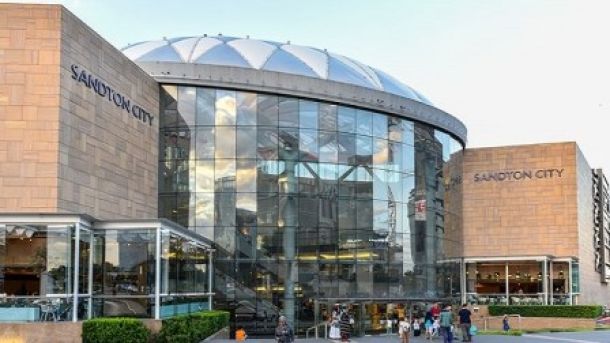Its campaign was so successful that it led Checkers to launch Little Shop 2, after customers, teachers and even therapists requested specific items. And it certainly did encourage more frequent shopping trips to the supermarket.
Lekoma says gamification holds huge potential for companies.
"Organisations who reward people with points, badges and leader boards are tapping into only one [part] of the gamification framework," he says. Gamification is about more than that. It’s about "human-centred" design, he says.
Motivating users may lead to a sense of personal fulfilment, of achieving something and growing. It can take the shape of a reward like a day off work, a discount or a buy-one-get-one-free offer.
"Gamification is creating experiences in a way that places the user at the centre [of an experience]. The purpose is to get the user to engage at a much deeper emotional level," Lekoma says.
A frequently showcased example of gamification at play is Discovery’s Vitality programme. As a medical scheme, Discovery is aware that keeping its members healthy may reduce claims. The programme makes it fun for members to engage in behaviour that reduces their risks of falling ill.
Vicki Knowler from the African eLearning Academy says companies may miss out on the benefits of gamification when they fail to apply its theory and mechanics correctly.
"The biggest mistake most people make is that they incorporate games to whatever scenario or solution and they think that they’re applying gamification principles," she says.
Gamification is not simply bolting on a round of Hangman to keep a user interested. Rather, it is about getting participants to play where the overall objective is not a game at all.
How does one think about strategy? Knowler cites University of Essex professor Richard Bartle’s guidelines to cater for different personality types.
"Achievers" seek success measured by points or prizes. "Explorers" are thrill seekers on a journey of discovery. "Socialisers" have more interest in the social aspects of the game than the game itself. "Killers" are driven by competition.
"If you can put in an element in a gamification strategy for each personality type, you are probably winning. If you don’t, that’s probably where you’re making the mistake," Knowler says.
"A lot of people are fuelled by competition but others aren’t. You have to find something else [to keep them engaged]."






